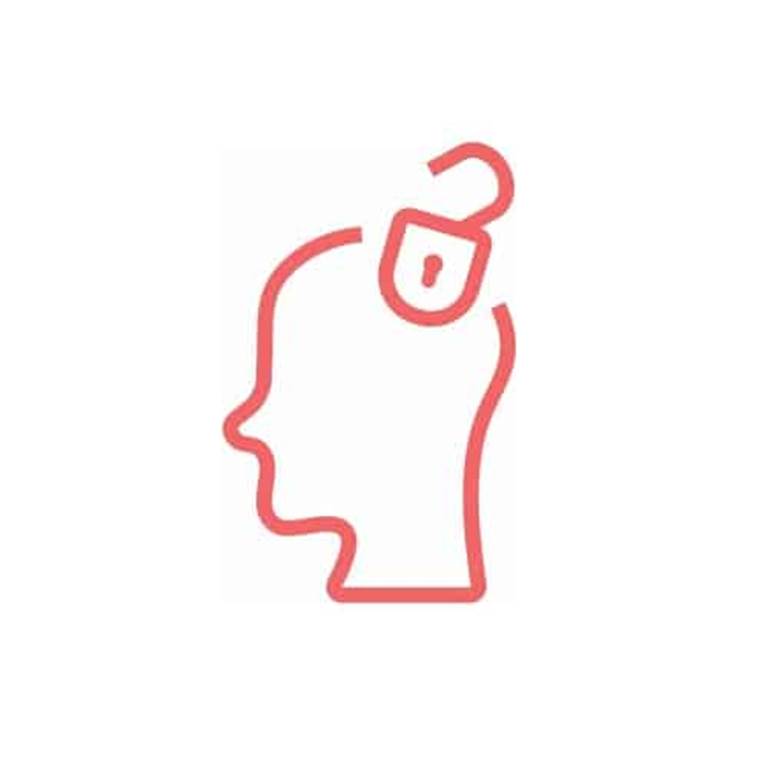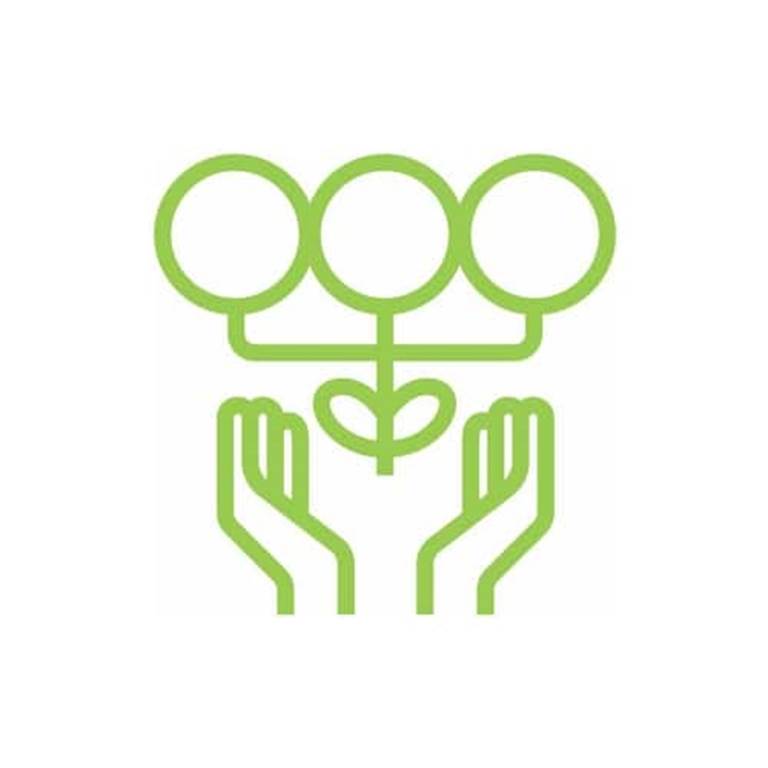Watch this animated video that explains the key steps to designing and implementing the targeted universalism approach.
The Targeted Universalist (TU) approach to equity, articulated by the Othering and Belonging Institute:
- organizes members of a school community around a shared universal goal;
- uses quantitative and qualitative data to understand how student groups in that community currently perform in relation to the goal; and
- focuses the work of the community on developing short- and long-term targeted solutions to support different groups within the community in reaching the shared goal.
- leads with those who are furthest away from opportunity.
TU recognizes the critical role of systems and structures in students’ everyday experiences and acknowledges that the way students interact with those systems and structures differs depending on identity and students’ life circumstances, both of which can affect how they perform in school. Many of the systems and structures students encounter in the educational system, in school, and in life enable the predictive power of race and socio-economic status and other factors on student outcomes. To be successful in this work, we believe we must take a racial equity stance through targeted approaches to eliminate racialized outcomes caused by structural racism. Gaps in opportunity are driven by differences in how students are situated in relation to the educational system and the universal goal. By focusing on the structural changes necessary (rather than locating the problems of inequity in our students), the shared responsibility is on the adults and the system.
While we recognize how existing systems and structures can create and maintain inequitable opportunities, we also understand the power of teachers, principals, school communities—those who do work in CPS on behalf of our students—to create school environments that support equitable outcomes for all students. We believe the most effective way to reduce disparities in opportunities is to empower all educators, staff, and students across the district to identify the challenges within their individual classroom, school, network community, or district department, and implement thoughtful, data-driven practices to help all students reach our shared, universal goal. The TU framework allows us to:
- take a collaborative, outcome- oriented approach;
- respond to immediate challenges while simultaneously pursuing a more durable, transformational change;
- operate with sensitivity to structural and cultural dynamics; and
- focus our attention on the structural changes needed, rather than locating the problems of inequity in our students.
TU in Practice
Everyone has room for growth and should be afforded the resources, opportunities, and rigorous educational experiences to achieve the universal goal. We must avoid taking a “one size fits all” approach to equity as we recognize that students have different needs based on how they are situated in their daily lives. For example, if a high school’s universal goal for graduation for all students is 95%, then one must examine how student groups (based on race, gender, gender expression, economic disadvantage, diverse learning needs) are positioned toward the goal. Here are some sample questions:
- What are the current graduation rates for each student group? (considering intersectionalities of race and gender)
- What are the factors internal and external to the school that affect the experiences of different groups?
- What are the neighborhood assets and challenges where students live and how might those affect their experiences inside or outside of school?
- What are the different conditions and resources necessary for each student group to thrive?
- What policies benefit or burden each student group?
As noted in the example above, TU encourages us to seek out what is working and develop diverse solutions to create change. When we better understand what students need, we can create the practices that will best support all students in reaching the universal goal. Solutions developed via a TU approach support the most marginalized groups while simultaneously helping all students advance toward the shared goal.
The TU approach calls for an on- going process of collaborative inquiry to prioritize and understand equity challenges from multiple perspectives and design, identify, and implement approaches that create greater equity in terms of goals and outcomes. In the graduation example, teachers and staff would co-construct practices and policies that support all student groups in attaining the universal goal. They would then meet regularly to assess progress and adjust practices as needed.
Teachers, principals, and school staff are on the front lines of leading for equity, by implementing promising practices and creating school cultures that support all students.
Leadership for equity is a “both/and” proposition. Leading systems change for equity requires quick technical wins as well as adaptive 21 changes that will take longer to happen, but have to happen.
Real, sustained systems change is only possible when everyone within the system is leading for equity. Each one of us has an important role to play in reducing disparities in opportunity and creating a more equitable district.
Once we know how students are situated in relation to our universal goal, we can think about how to move forward. In order to move forward, we need to apply an equity lens that helps us understand what is necessary to advance equity.
We offer four dimensions that formulate an equity lens through which each of us can engage in transformational work across CPS. The layering of these dimensions creates the lens that each of us can use to re-imagine the current system so that we can accelerate change.




